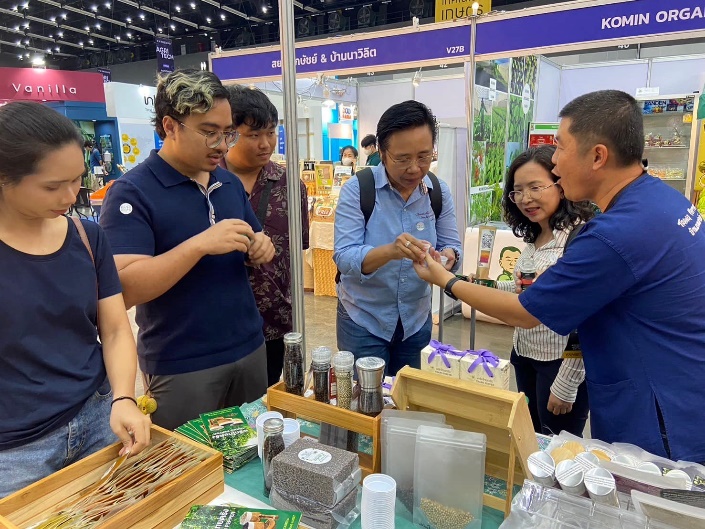Reporters: Mrs. Russamon Yuraphan, Miss Nuntouchaporn Prateepausanont, Mr. Noppadon Chooset, Miss Waraporn Laohasamphantaporn
Evidence Date: 30 September 2023
Related SDGs:
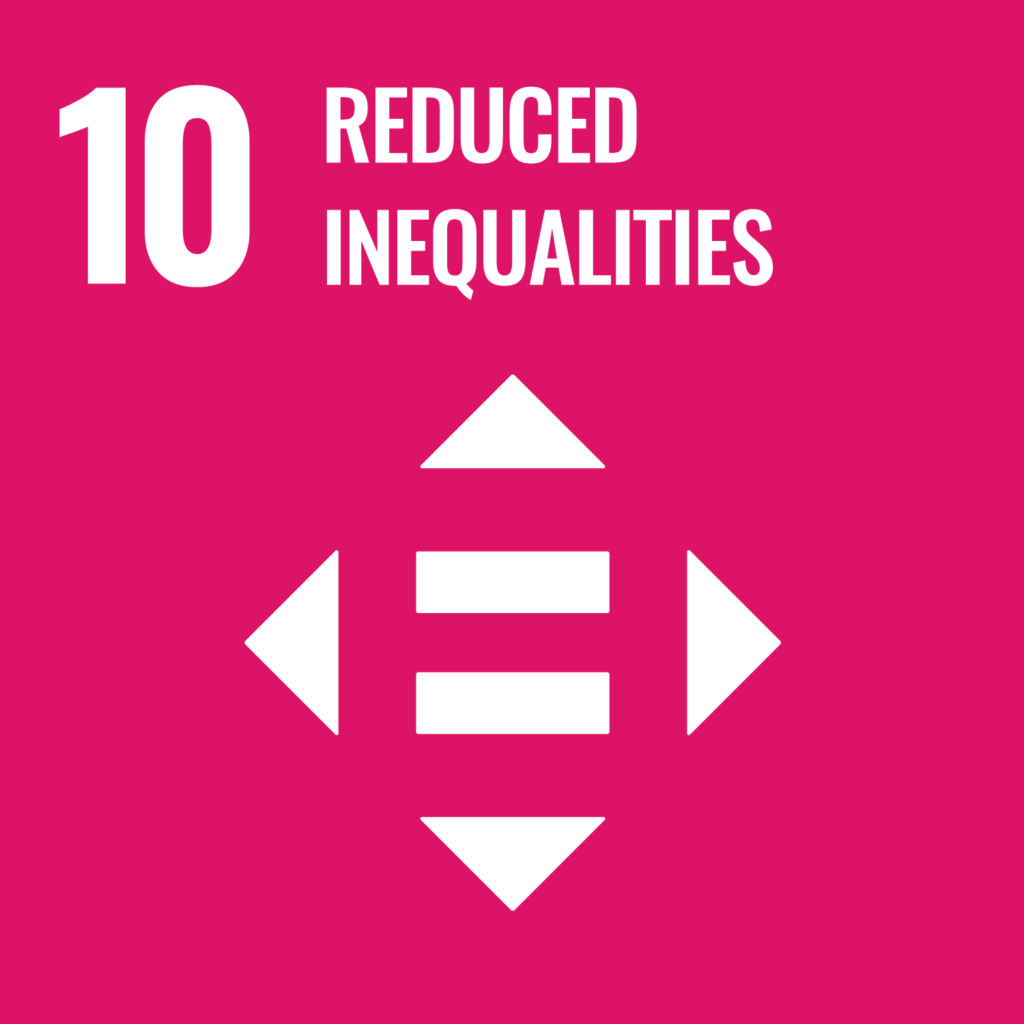
Related Indicators: 10.6.9
Arena Isama and Apiruedee Anantaphan conducted from the Faculty of Architecture, Rajamangala University of Technology Srivijaya study titled “Development of Home Textile Products for Thai Senior-Friendly Living Rooms.” The elderly people are a vulnerable group that often requires caregiver assistance for daily living. Therefore, creating an appropriate home environment for families with elderly members is essential to facilitate daily activities for the elderly, caregivers, and other family members. This study focuses on optimizing the use of space and the physical environment within homes to provide recommendations for setting up senior-friendly environments for families with elderly members in Songkhla Province, tailoring suggestions to each family’s economic capacity, traditions, and local social context.
The elderly population in the target area of Boryang Subdistrict is increasing. Boryang is a research target area characterized by crowded communities, where new communities have expanded and overlapped with existing ones. Data indicate that residences are built on government land, which has led to ongoing issues of housing insecurity from past to present. As a result, the housing conditions are not conducive to supporting the daily activities of the elderly, as illustrated in the images.
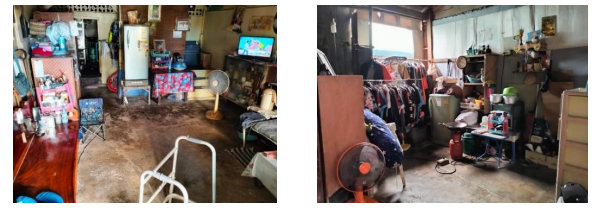
Wat Sai Ngam Community (Left) and Lang Khao Noi Community (Right)

Overlapping of functions in a living space
The researchers recognize the importance of addressing these issues by developing non-slip textile products for the living room to support the daily lives of the elderly. This innovation aims to enhance health and improve the suitability of living room textiles for the elderly.From field surveys and data collection on the external and internal environments of homes, it was found that community overcrowding is a determining factor affecting the living conditions inside and outside residences, which are not conducive for the elderly. For instance, there are uneven floors or door thresholds that are too high, and the flooring material is slippery polished tile.
Therefore, the researchers explored traditional patterns of ancient rush mats, studied the physical properties of rush fibers, prepared non-slip sponge rubber sheets (compound rubber), and developed textile products for the living room suited to the daily lives of Thai elderly individuals. This includes creating prototypes of textile products (compound rush mats) and testing their effectiveness while making improvements to the usability of the compound rush mats.
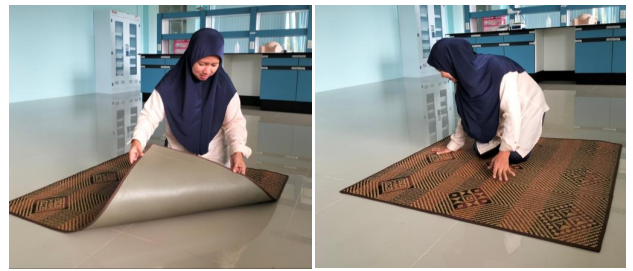
Adhesion test of krajood mat with anti-slip rubber underlay
Subsequently, the development of the textile product “compound rush mat” was shared with the sewing group of women in Plak Nhu Subdistrict, Na Thawi District, Songkhla Province. The group president and five members participated in the session, adapting the technology, all of whom possess sewing expertise and have industrial sewing machines to support the group’s activities.
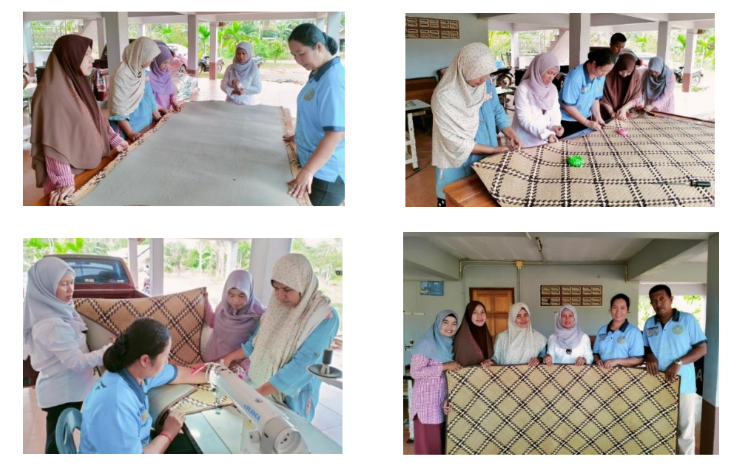
Knowledge transfer on process and techniques for edge binding
The incorporation of local wisdom in rush weaving into textile product development reflects the preservation of the lifestyle of the community. Handicrafts are meticulous and delicate work; to prevent them from being lost, it is essential to teach and promote learning, particularly regarding techniques, methods, and traditional patterns. Therefore, the community is aware of and values the importance of preserving their local wisdom, ensuring that it does not disappear by passing on knowledge and collecting their traditional expertise.
Related Links:
https://riss.rmutsv.ac.th/upload/doc/202409/o3DBUUiTIHOt2TC4ShJE/o3DBUUiTIHOt2TC4ShJE.pdf



